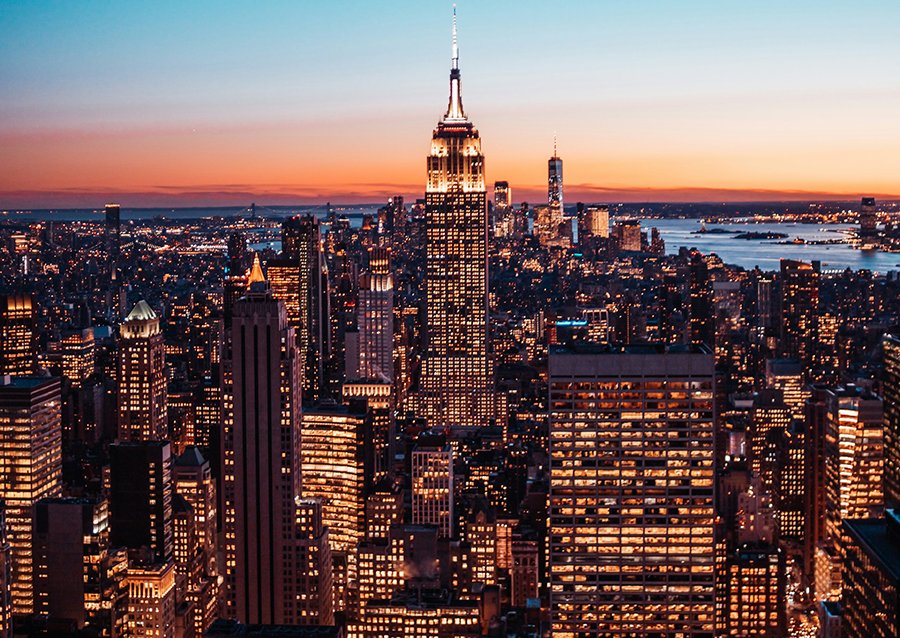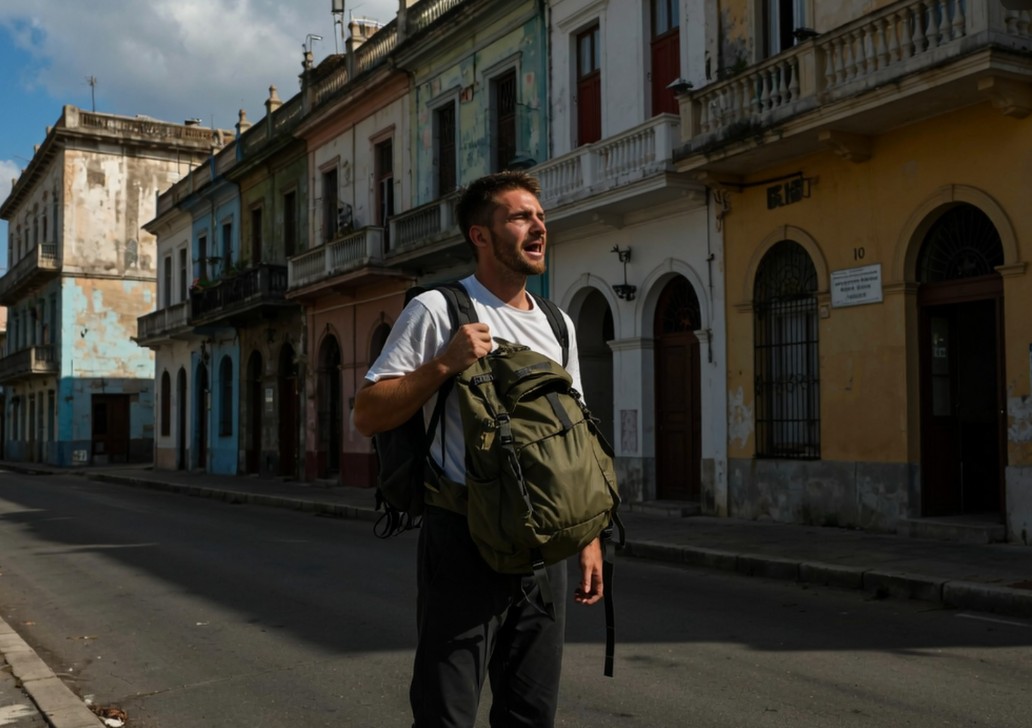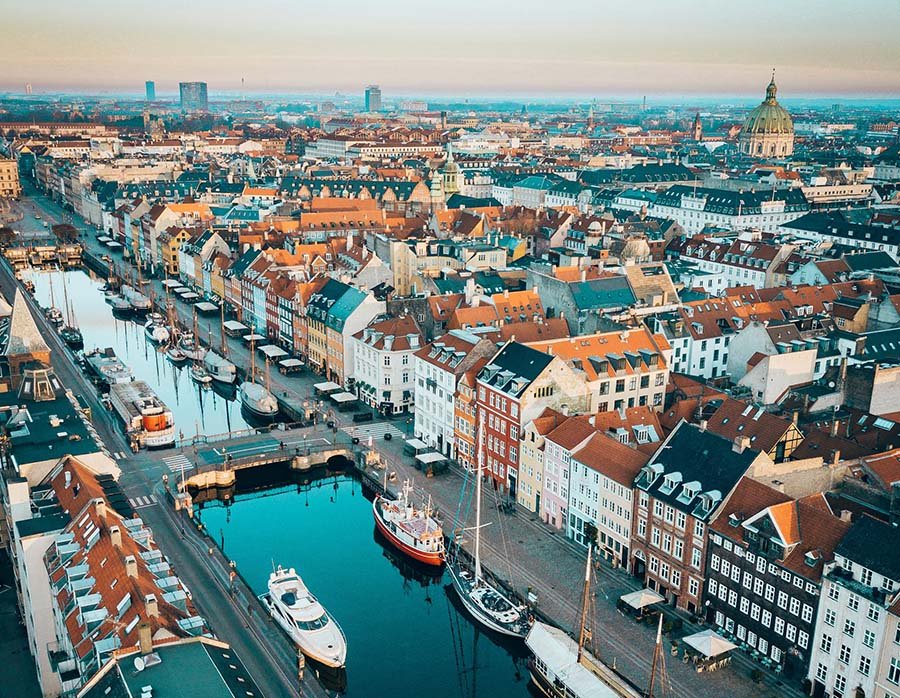читайте также
 Ten Years to a Passport: New Citizenship Rules in Portugal
Ten Years to a Passport: New Citizenship Rules in Portugal
 Top 25 World Economies 2025: Who Shapes Global Growth
Top 25 World Economies 2025: Who Shapes Global Growth
 “Season of Strict Rules”: How Cities Around the World Are Tightening Short-Term Rental Laws — And What It Means for Guests, Hosts, and Investors
“Season of Strict Rules”: How Cities Around the World Are Tightening Short-Term Rental Laws — And What It Means for Guests, Hosts, and Investors
 Turkey to Double the Tax Burden on Landlords
Turkey to Double the Tax Burden on Landlords
 Europe Calls — and Pickpockets Answer: Where Tourists Face the Greatest Risks in 2025 and How Not to Become a Victim
Europe Calls — and Pickpockets Answer: Where Tourists Face the Greatest Risks in 2025 and How Not to Become a Victim
 Thailand to Deport Russians and Crack Down on Visa Runners
Thailand to Deport Russians and Crack Down on Visa Runners
Best Cities in the World to Live in 2025

Photo: Unsplash
The Economist Intelligence Unit published a study covering 173 cities. They were assessed on safety, healthcare quality, education, infrastructure, and cultural/environmental conditions. The final ranking shows Copenhagen, Vienna, and Zurich leading in overall liveability.
Top 20: Western Europe Leads
Copenhagen topped the list for the first time, earning perfect scores for stability, education, and infrastructure and achieving 98 out of 100 points. Denmark’s capital overtook Vienna, which had held the top spot for three consecutive years. Experts explain Vienna’s change in position by lower stability scores. In 2024, concerts by Taylor Swift were cancelled due to a bomb threat, and in early 2025 authorities foiled an attack at the main train station. These incidents affected perceptions of safety and lowered the city’s overall score. As a result, Vienna took second place, sharing it with Zurich, which climbed the ranking: sixth in 2023, third in 2024, now up to second place.

Western Europe maintains its lead: eight of its cities made the top 20, and the region received the highest marks in four of the five categories. Among them is Geneva (Switzerland), which ranked fifth thanks to strong healthcare and a resilient social environment. The Asia-Pacific region is represented by nine cities, but with more contrast: Melbourne (Australia) placed fourth, reaffirming its status as one of the most liveable metropolises, while Dhaka (Bangladesh) fell to 171st following political upheaval.
Damascus ranked last. A change of leadership has not led to improvements: the long-term consequences of civil war continue to weigh on infrastructure, the economy, and safety. Experts stress that little has changed over the past year, and the Syrian capital remains among the least liveable cities in the world.
U.S. City Rankings
U.S. cities once again failed to enter the global top 20, but there are domestic leaders. Honolulu was named the best for the second year in a row, ranking 23rd overall. It is followed by Atlanta, Pittsburgh, Seattle, and Washington. Experts note that the U.S. scores highest in education but loses ground due to social instability and high levels of gun violence. Weak firearms control makes crime more dangerous and erodes social cohesion, especially in major cities.
There are still positives for the U.S.: 14 of 21 cities improved their positions, including Miami, which rose from 47th to 44th, tying with Portland for sixth nationally. However, the report emphasises that these gains are relative: municipalities primarily climbed because other cities fell. Meanwhile, the biggest metropolises performed poorly: New York ranked just 69th and Los Angeles 57th. Strong cultural life couldn’t offset low scores for infrastructure and stability.

Overall Trends
The global average in 2025 remained at 76.1 points, but “stability” declined. Results were affected by terrorism threats, rising protests, the affordable-housing crisis, and geopolitical tensions. Western European cities faced added pressure from crime and xenophobia. At the same time, healthcare, education, and infrastructure improved—particularly in Saudi Arabia and the UAE, where active investment has expanded access to social services and strengthened the urban environment.
One of the most notable movers was Al Khobar in Saudi Arabia, which jumped 13 places—from 148th to 135th. The report links this to broad reforms under Vision 2030 aimed at developing healthcare and education and reducing oil dependence. In Asia, Jakarta and Bangkok improved: Indonesia’s capital rose from 142nd to 132nd, and Thailand’s from 122nd to 116th. Some cities dropped sharply, however. Calgary saw the largest fall—once fifth last year, the Canadian city is now 18th due to lower scores in healthcare and stability. In the UK, London, Manchester, and Edinburgh declined, attributed to rising crime and social unrest.
The findings show that urban quality of life depends less on economic might or cultural wealth than on the ability to ensure safety and resilience. Cities that invest in healthcare, education, and infrastructure rise in the rankings, while those facing social risks and political instability fall. The leaders—Copenhagen, Vienna, and Zurich—set a new standard: comfortable living is defined by balance between safety, accessible social services, and thoughtful urban design. These parameters increasingly determine global competition among cities for the status of most attractive places to live.
Подсказки: liveability, cities, EIU, Copenhagen, Vienna, Zurich, Western Europe, APAC, United States, ranking, urban safety, healthcare, education, infrastructure, Vision 2030





